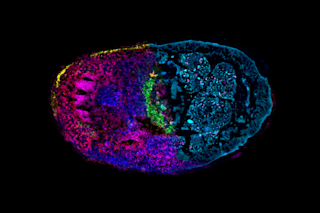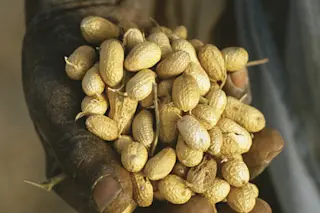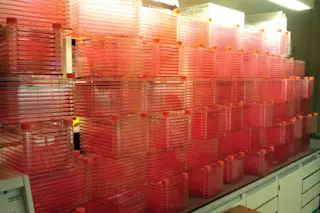6 Creepy-Crawlies We Hate But Couldn't Do Without
You might think the world would be better off without the bacteria that cause acne and strep throat. You'd be wrong.
More on Discover
Stay Curious
SubscribeTo The Magazine
Save up to 40% off the cover price when you subscribe to Discover magazine.
Subscribe












